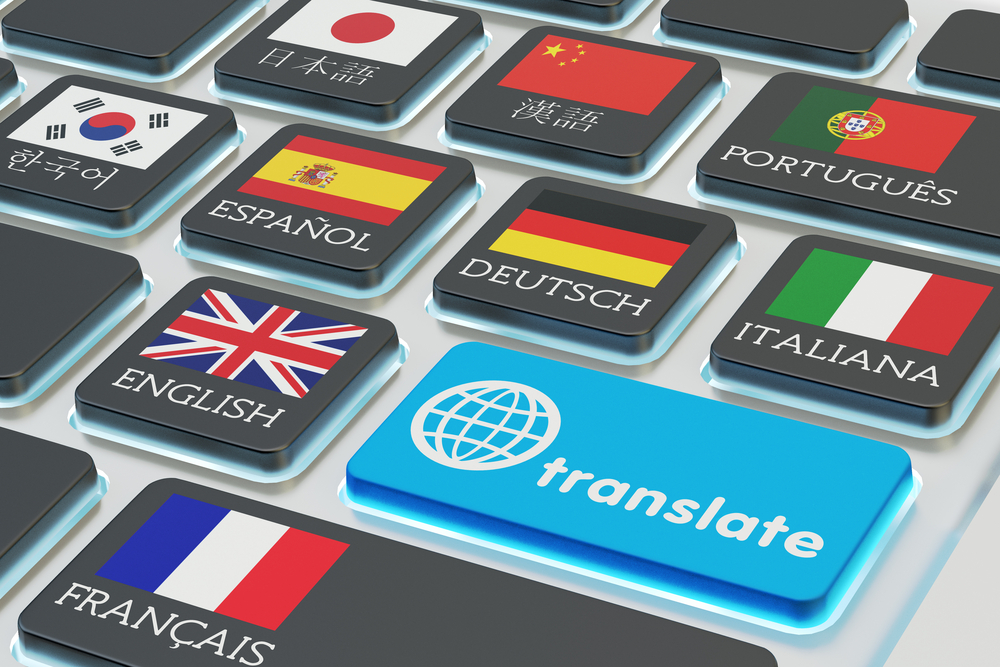
Which Dialect of Spanish Is the Most Academically Correct?
Spanish, a language with over 460 million native speakers and a global presence, is rich in cultural and linguistic diversity. It boasts a multitude of dialects across different regions and countries. Scholars, educators, linguists, and language translators often struggle to determine which dialect of Spanish is the “most academically correct.”
Understanding Dialects of Spanish
Before delving into the specifics, it’s essential to comprehend what constitutes a dialect. A dialect is a regional variant of a language distinguished by pronunciation, vocabulary, and grammar. Spanish dialects are divided primarily into Iberian Spanish (spoken in Spain), Latin American Spanish (spoken in South America), Central American Spanish (spoken in Costa Rica, El Salvador, Guatemala, Honduras, and Nicaragua), and North American Spanish (spoken in Mexico, the Caribbean, and parts of the United States)). However, numerous sub-dialects exist within these broad categories, each with unique characteristics.
Iberian Spanish
Castilian Spanish:
Perhaps the most renowned dialect of Spanish, Castilian Spanish (Castellano) originates from the Castile region in Spain. It’s often considered the standard form of the language in Spain, taught in schools, and used in official documents and media. The Real Academia Española (RAE), the institution responsible for overseeing the Spanish language, is based in Spain and uses Castilian Spanish as its benchmark.
Andalusian Spanish:
Andalusian Spanish, hailing from the southern region of Andalusia, features distinct phonetic characteristics, such as the dropping of the final “s” and the aspiration of the “s” sound. While it is widely spoken in southern Spain, Andalusian Spanish has not achieved the same level of academic recognition as Castilian Spanish, primarily due to its regional nature and phonetic deviations.
North American Spanish
Mexican Spanish:
Mexico, the most populous Spanish-speaking country, boasts a dialect that heavily influences the rest of Latin America. Mexican Spanish is renowned for its clarity and neutrality, making it a preferred choice in media, including international films and television. The Academia Mexicana de la Lengua (AML) advocates for properly using and preserving this dialect, contributing to its academic prestige.
Latin and Central American Spanish
Rioplatense Spanish:
Spoken in Argentina and Uruguay, Rioplatense Spanish is distinguished by its use of “voseo” (the use of “vos” instead of “tú” for the informal “you”) and a unique intonation pattern. Argentine literature and cinema have popularized this dialect, yet due to its distinct regional features, it remains less uniform in academic contexts.
Caribbean Spanish:
Used in countries such as Cuba, the Dominican Republic, and Puerto Rico, Caribbean Spanish is marked by its rapid speech, elision of consonants, and musical rhythm. Due to these phonetic characteristics, Caribbean Spanish is often deemed less formal and academically correct despite its vibrant cultural presence.
Phonetics and Intelligibility
Phonetics and intelligibility are critical considerations when evaluating a dialect’s academic correctness. Clarity of pronunciation and ease of understanding play pivotal roles in academic settings, where precision and uniformity are paramount.
Neutral Spanish:
Linguists and educators often champion “Neutral Spanish,” a form of the language stripped of regional idioms, accentuation, and slang. Neutral Spanish seeks to blend features from various dialects to create a more universally comprehensible and academically acceptable standard. While this concept is more theoretical, it finds practical application in international business, translation, and language teaching.
Historical Influence on Academic Acceptance
A region’s historical development and geopolitical influence significantly impact its dialect’s academic acceptance. Spain’s historical role as the colonial power responsible for disseminating the Spanish language globally lends credence to the notion that Iberian (specifically Castilian) Spanish holds a position of academic preeminence.
Colonial Legacy:
The Spanish empire’s colonial reach established Castilian Spanish as the lingua franca in administrative, religious, and educational settings across its territories. This colonial legacy continues to influence perceptions of academic correctness, with many educational institutions in Spanish-speaking countries adopting policies that align with Castilian norms.
Modern Trends:
In contemporary times, Latin American countries exert substantial cultural and economic influence, challenging the academic hegemony of Castilian Spanish. Countries like Colombia, Mexico and Argentina are major centers of Spanish-language media, literature, and academia, fostering recognition of their dialects as academically viable.
Linguistic Standardization Bodies
The role of linguistic standardization bodies in assessing the academic correctness of a dialect cannot be overstated. These institutions strive to preserve the integrity of the language while accommodating its natural evolution.
Real Academia Española (RAE):
Founded in 1713, the RAE is the preeminent authority on the Spanish language. Its dictionary and grammar guidelines serve as benchmarks for linguistic correctness in Spain and many other Spanish-speaking countries. The RAE’s decisions predominantly reflect Castilian Spanish norms, reinforcing its academic status.
Asociación de Academias de la Lengua Española (ASALE):
ASALE is a collective of 23 language academies from different Spanish-speaking countries, including Mexico, Argentina, Colombia, and the Philippines. This consortium works collaboratively to establish unified linguistic standards, promoting a more inclusive and pan-Hispanic approach to language correctness. ASALE’s efforts aim to balance the historical weight of Castilian Spanish with the diverse realities of the modern Spanish-speaking world.
Pedagogical Considerations
Educators prioritize pedagogical effectiveness when selecting a Spanish dialect for academic purposes. The chosen dialect must facilitate learning, comprehension, and communication across diverse student populations.
Textbooks and Educational Resources:
Most Spanish textbooks and educational resources adopt the norms of Castilian Spanish, as established by the RAE. This standardization ensures consistency in teaching and learning materials, making it easier for students to acquire grammatical accuracy and vocabulary.
Neutral Spanish in Education:
Some educational institutions advocate for Neutral Spanish to create a more inclusive learning environment free from regional biases. This approach emphasizes clear pronunciation, standardized grammar, and the avoidance of idiomatic expressions, enhancing comprehension for non-native students.
The Role of Media and Technology
The pervasive influence of media and technology has reshaped language acquisition, exposing learners to multiple dialects of Spanish. The internet, social media, and streaming services offer a rich tapestry of linguistic diversity, enabling learners to engage with various forms of Spanish.
Internet and Social Media:
The internet serves as a melting pot of dialects, where users from around the world interact in Spanish. Social media platforms like Twitter, Facebook, and Instagram feature content in different dialects, fostering a broader understanding and appreciation of linguistic diversity.
Streaming Services:
Streaming platforms like Netflix and YouTube provide access to a wide array of Spanish-language content from various regions. Learners can explore films, series, and documentaries in different dialects, enriching their linguistic and cultural knowledge.
The Most Academically Correct Dialect of Spanish
Determining the most academically correct dialect of Spanish necessitates a nuanced approach. While Castilian Spanish enjoys historical precedence and institutional support, other dialects, like Colombian, and Mexican Spanish, hold substantial academic merit due to their clarity, neutrality, and cultural influence. Ultimately, the concept of “academic correctness” should embrace linguistic diversity, recognizing the value of multiple dialects in enriching the Spanish language.
As the global landscape evolves, embracing a more inclusive and equitable approach to linguistic correctness is crucial. Neutral Spanish offers a viable pathway, blending elements from diverse dialects to create a universally comprehensible standard. This approach promotes unity while celebrating the richness of regional variations.
Contact Our Translation Experts Now
If you seek expert translation services that respect linguistic diversity and adhere to the highest standards of academic correctness, look no further than Etcetera Language Group, Inc. Based in Washington, DC, we offer a comprehensive range of translation services worldwide. Our team of professional linguists is proficient in various dialects of Spanish, ensuring precise and culturally sensitive translations for all your needs. Contact us today to experience unparalleled excellence in language services.
More...
Categorised in: Spanish Dialects





